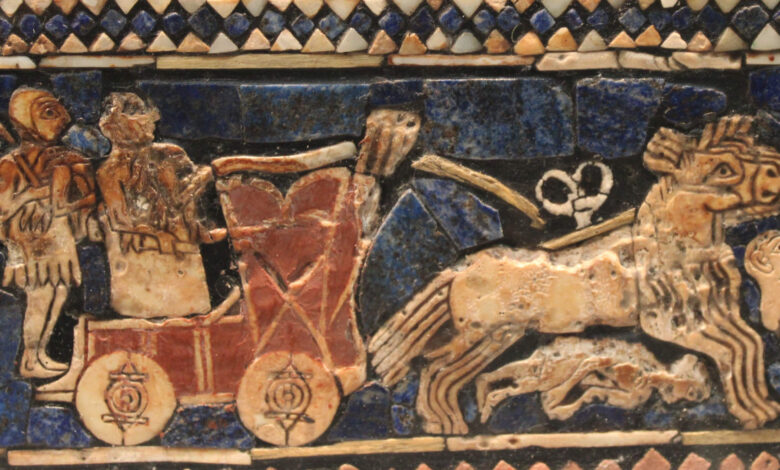
The invention of the wheel some six thousand years ago was a revolutionary revolution in transportation and pottery, but the exact origin of this event still remains a mystery to archaeologists. Now, a new study using structural mechanics techniques suggests that around 3,900 BC, copper miners in Eastern Europe may have been responsible for three major innovations in wheel technology.
Many evidences of wheels and wheeled vehicles are found throughout Europe, Asia and North Africa, dating back to the Copper Age (about 5,000 to 3,000 BC): from battle scenes painted on walls to miniature children’s toy wheels. , funeral chariots in tombs and even the first textual references to the wheel. However, due to the rapid spread of this technology, we do not know exactly where and when the first wheel was made, or even different civilizations may have invented the wheel independently, in different places and times.
There are three main theories regarding the origin of the wheel. The first theory claims that the wheel was invented around 4000 BC in Mesopotamia and then spread to Europe. The second theory argues that the wheel was built around 3,800 BC on the Pontic coast in northern Türkiye.
But the third theory that in 2016 by Richard Bullitthistorian of Iran and the Middle East, professor emeritus of Columbia University and one of the authors of the new study, states that the wheel was invented between 4000 and 3500 BC in the Carpathian Mountains in eastern and southern Europe and then spread in different directions. .
The theory says that the wheel was invented between 4000 and 3500 BC in the Carpathian Mountains
In his book, The Wheel: Inventions and Reinventions, Bullitt explains that around 4000 BC, sources of copper were hard to come by and miners had to go deep into mines and scoop ore into containers. carry a large The models of chariots discovered in the Copper Age in the Carpathian region are rectangular and have trapezoidal walls, which are very similar to today’s mine wagons.
Bullet with Kai Jamesan aerospace engineer from the Georgia Institute of Technology and Lee Alcockan engineer from the University of Illinois, detailed their model of how the wheel evolved in a study published on October 23 in the journal Royal Society Open Science.
Using their knowledge about ancient wheel systems and archeological evidence, the group of authors of the study used computational mechanics and design science to investigate the methods of converting a set of simple rollers into a wheel and axle system and its evolution.







